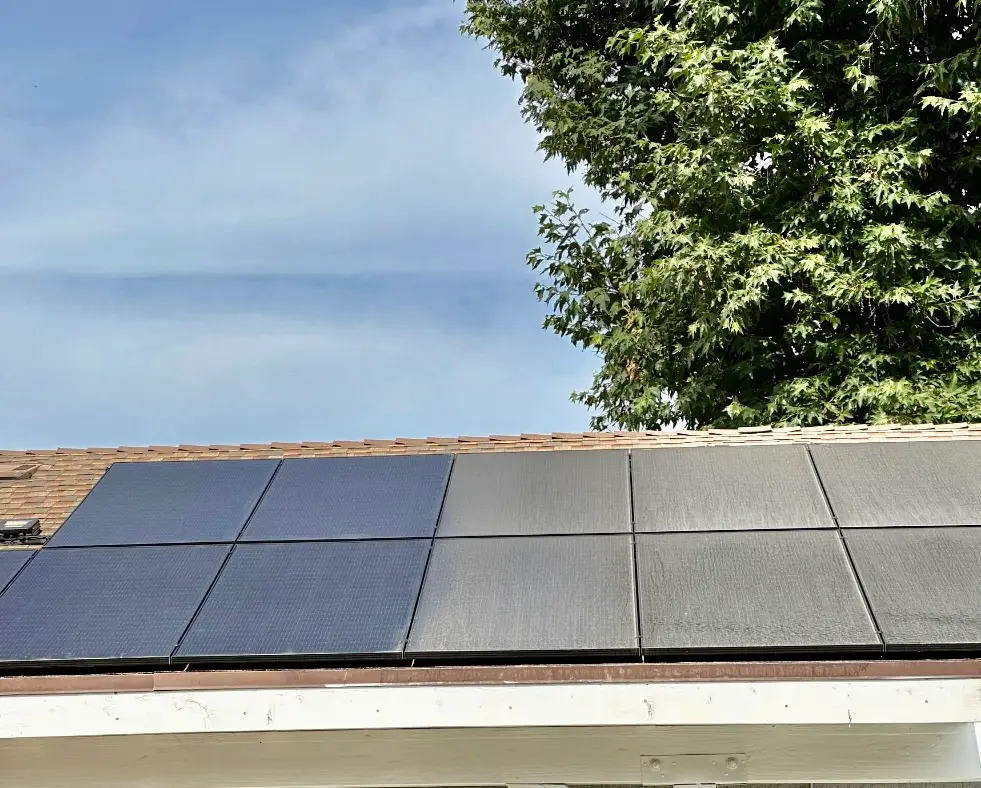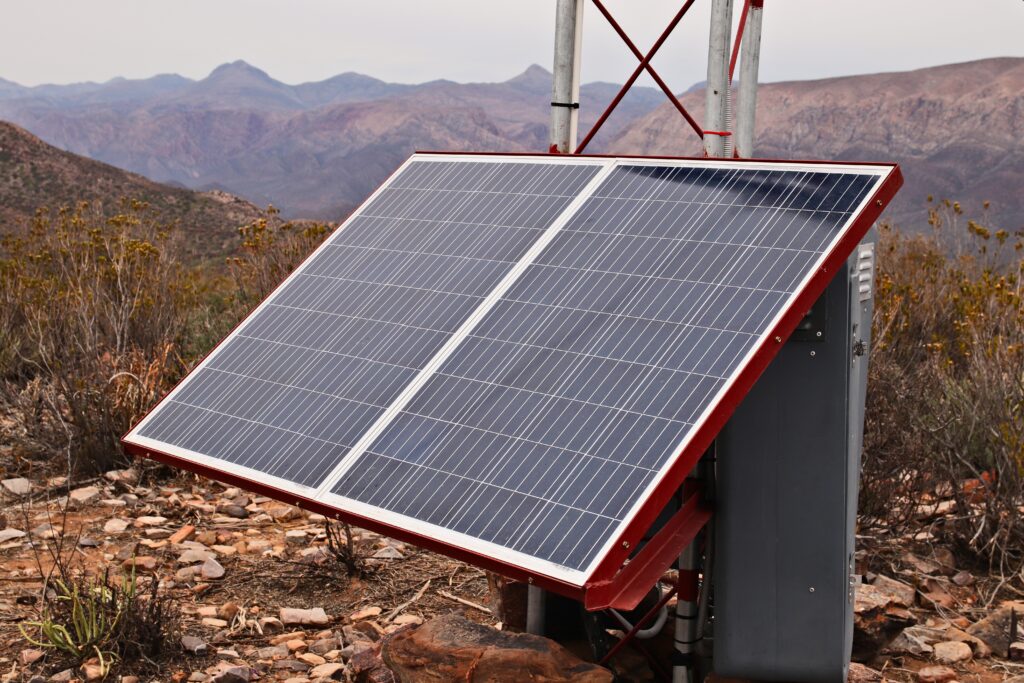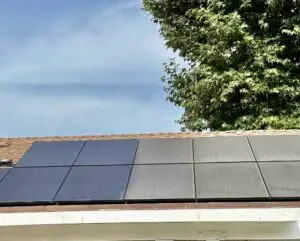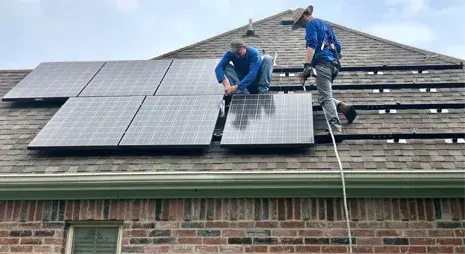Introduction
The financial landscape of solar energy in the United States has transformed dramatically over the past two decades. Thanks to a series of federal incentives, most notably the Solar Investment Tax Credit (ITC), homeowners and businesses alike have been able to reduce the cost of going solar by thousands of dollars. In 2025, this powerful incentive remains at its peak, making it one of the most strategic times to invest in solar technology.
This guide provides a comprehensive overview of the federal solar tax credit in 2025, who qualifies, how to claim it, and how to optimize your investment in renewable energy.
What Is the Federal Solar Investment Tax Credit (ITC)?
The Solar Investment Tax Credit (ITC) is a dollar-for-dollar reduction in the amount of income tax you owe to the federal government. The credit applies to both residential and commercial solar photovoltaic (PV) systems and has historically played a pivotal role in the expansion of solar energy across the country.
Originally enacted in 2006, the ITC allows taxpayers to deduct a percentage of their solar installation costs from their federal taxes. This credit has helped the solar industry grow by more than 10,000% since its inception, according to the Solar Energy Industries Association (SEIA).
What’s New in 2025: Solar Tax Credit Updates

Under the Inflation Reduction Act of 2022, the federal government extended and expanded the solar tax credit. For systems installed between 2022 and 2032, the tax credit remains fixed at 30% of the total cost of the system. This includes:
- Solar panels and mounting hardware
- Inverters and electrical equipment
- Labor and installation costs
- Energy storage systems (batteries)
The credit is scheduled to step down after 2032:
- 2023–2032: 30%
- 2033: 26%
- 2034: 22%
- 2035 and beyond: 0% for residential (commercial phase-out TBD)
For those considering solar, 2025 remains an optimal year to act.
Eligibility Requirements for the 2025 Federal Solar Credit
To qualify for the 30% tax credit in 2025, certain criteria must be met:
Residential Eligibility
- You must own the solar PV system (not lease it).
- The system must be installed at your primary or secondary U.S. residence.
- Installation must be completed and operational by December 31, 2025.
- You must have federal income tax liability to offset.
Commercial Eligibility
- Businesses must own the solar system (not lease).
- The system must be installed and placed into service in 2025.
- Must be used primarily in the United States.
- Eligible for MACRS depreciation in addition to the ITC.
Step-by-Step: How to Claim the ITC in 2025
Claiming the federal solar tax credit is a relatively straightforward process, but accuracy is crucial. Here’s how to do it:
Collect Documentation
- Save all receipts and invoices related to your system purchase and installation.
- Retain manufacturer certifications for qualifying equipment.
Complete IRS Form 5695
- This form is used to claim residential energy credits.
- Calculate the total cost and apply the 30% credit.
Enter the Credit on Form 1040
- Transfer the calculated credit to your main tax return.
- If your tax liability is less than the credit amount, you can carry the balance forward to future years.
Understanding Solar Tax Credit for Commercial Properties
Businesses receive additional tax benefits beyond the federal ITC. These include:
Modified Accelerated Cost Recovery System (MACRS)
MACRS allows businesses to recover their investment in solar equipment through depreciation deductions. Coupled with the ITC, this significantly reduces the payback period.
Bonus Depreciation
Eligible commercial solar projects can take 100% bonus depreciation in the first year of installation through 2026.
These combined benefits can often reduce the net cost of a commercial solar system by more than 50%.
Solar Batteries and the Federal Tax Credit

Thanks to legislative changes, standalone energy storage systems now qualify for the federal tax credit. Whether the battery is installed alongside your solar panels or added later, it remains eligible for the 30% incentive if it meets IRS standards.
This is particularly beneficial for homeowners looking to improve energy independence and businesses interested in peak-shaving strategies.
Federal vs. State Solar Incentives
While the ITC is the most significant national incentive, many states offer additional programs that can compound your savings:
- Net Metering: Credit for excess energy sent back to the grid.
- State Tax Credits: Some states offer their own tax incentives.
- Rebates: Utility companies in several regions provide cash rebates.
- Property and Sales Tax Exemptions: Available in states like New York, Massachusetts, and Florida.
Common Mistakes to Avoid When Filing
Despite the simplicity of the process, there are several common mistakes that can reduce or eliminate your eligibility:
- Leasing your system: Only system owners qualify for the ITC.
- Missing documentation: Lack of receipts or certification can lead to denied claims.
- Improperly completed forms: Errors on IRS Form 5695 are a frequent issue.
- Installing outside the eligible window: Ensure the system is operational by year-end.
Working with a qualified solar installer and tax professional can mitigate these risks.
Why Now Is the Time to Go Solar
The combination of a full 30% federal tax credit, rising electricity rates, and advancing solar technology makes 2025 a compelling year for solar investment. By acting now, homeowners and businesses can lock in substantial tax savings while increasing property value and long-term energy security.
Post-2025, there’s no guarantee the credit will remain at its full value. Delaying could mean missing out on thousands of dollars in potential savings.
Work with Eagle Solar Power to Maximize Your Incentives
At Eagle Solar Power, we don’t just install solar panels—we deliver comprehensive energy solutions that maximize your return on investment. Our experienced team provides:
- Expert guidance on federal and state incentives
- Custom system design and engineering
- High-quality installations backed by warranty
- Post-installation support and tax documentation assistance
Take full advantage of the 2025 federal solar tax credit by working with a trusted partner.
Contact Eagle Solar Power today to schedule your free consultation and receive a personalized solar proposal tailored to your energy goals and financial objectives.









